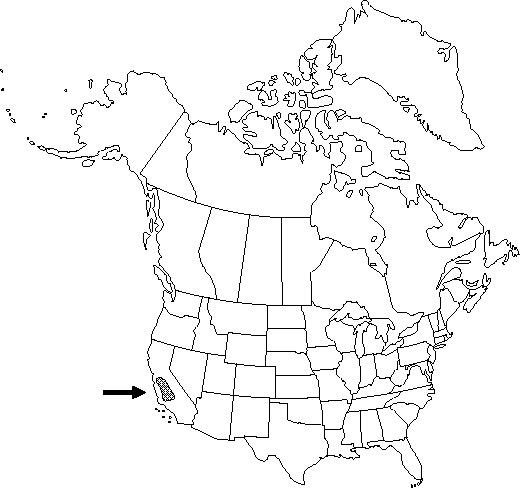Difference between revisions of "Delphinium gypsophilum subsp. gypsophilum"
imported>Volume Importer |
imported>Volume Importer |
||
| Line 48: | Line 48: | ||
|publication year= | |publication year= | ||
|special status=Endemic | |special status=Endemic | ||
| − | |source xml=https:// | + | |source xml=https://bitbucket.org/aafc-mbb/fna-data-curation/src/2e0870ddd59836b60bcf96646a41e87ea5a5943a/coarse_grained_fna_xml/V3/V3_244.xml |
|genus=Delphinium | |genus=Delphinium | ||
|section=Delphinium sect. Diedropetala | |section=Delphinium sect. Diedropetala | ||
Latest revision as of 21:47, 5 November 2020
Stems (50-)70-100(-150) cm. Inflorescences open, with 1-5 flowers per 5 cm. Flowers: sepals white, spreading, lateral sepals 10-15(-19) × 5-9 mm, spurs 10-15 mm; lower petal blades white, 5-8 mm. 2n = 16, 32.
Phenology: Flowering spring.
Habitat: Slopes in grassland and open oak woods
Elevation: 150-1200 m
Discussion
Tetraploid individuals of Delphinium gypsophilum subsp. gypsophilum occur intermingled with diploid individuals and are normally indistinguishable morphologically (H. Lewis et al. 1951).
Hybridization may occur with Delphinium recurvatum in the San Joaquin Valley, with D. parryi in the southern Coast Ranges, with D. hansenii in the foothills of the southern Sierra Nevada and the Tehachapi Mountains, and probably with D. hesperium subsp. pallescens in Coast Ranges. For a summary on the possible hybrid origin of D. gypsophilum, see H. Lewis and C. Epling (1959).
Selected References
None.
